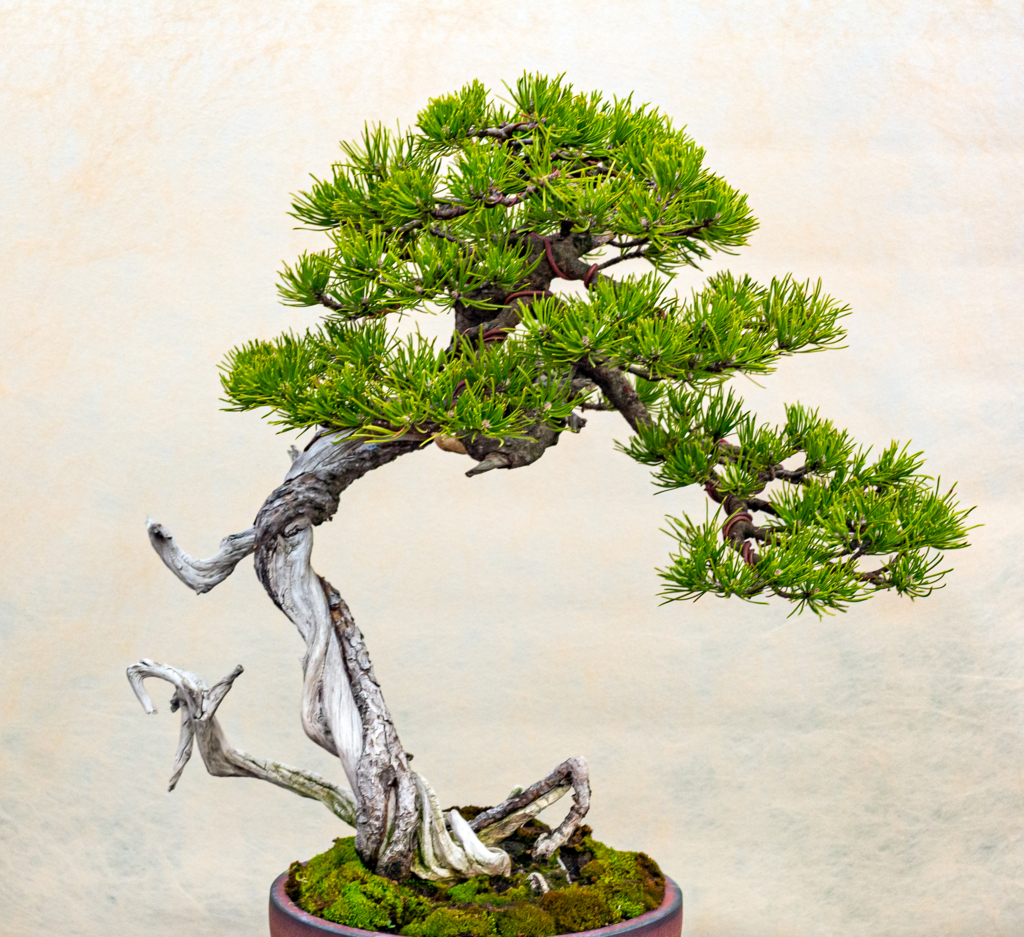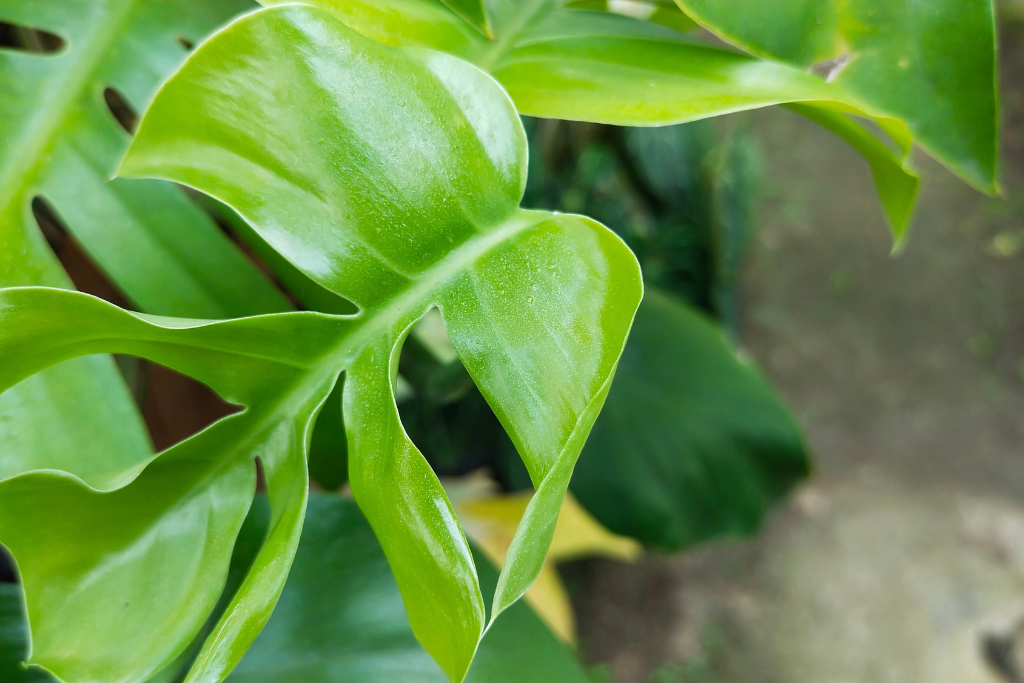If you search up the term ‘bonsai’ on the internet and click on images, you’ll most likely be shown mighty pines or junipers, decades old, standing mighty in their carefully chosen pots. The level of detail and effort put into these trees is immense and good knowledge is required to cultivate pines. Growing pine bonsai from seed is easier than propagating pines any other way, so here’s how to do it!

Pines are among one of the most common species used for bonsai. With a bit of age, they can look stunning and are a must-have for anyone’s collection. Unfortunately, they’re pretty tricky to propagate from cuttings or air-layering, so we must use seed instead. It can take around 10-15 up to 20 years to produce an impressive bonsai, but it’s rewarding.
Luckily, pine seeds are straightforward to collect if you have any trees near you, and if not, they are very cheap in mass quantities online. In my experience, they are pretty easy to germinate and care for as seedlings.
Preparing the Seeds
When growing pine bonsai from seed, you should let them soak in boiled water for around 24 hours. Any that float should be thrown away as they are most likely not going to germinate. However, you can still try and plant them separately. Growing black pine bonsai from seed or scots pine will use the same process.
After soaking, I usually dampen some paper towel and wrap the seeds in it, placing a plastic bag over it and then putting it in the refrigerator. This is called stratification, and exposing the seeds to a cold period will speed up germination by quite a bit. I do this for around a week or longer, depending on when I want to sow the seeds.
Pine bonsai are one of the most sought-after species; they are pretty hard to propagate from cuttings, and most growers opt to use seeds instead.
Planting the Seeds
Once you have exposed the seeds to a cold period, you can then remove them from the refrigerator and plant them.
Before doing this, I ensure the soil mix is ready. I usually use a combination of compost, perlite and sharp sand, which is good for germinating seeds. I don’t particularly like using pure compost as it will retain too much water and could rot the seeds, so I mix in some perlite and sand.

When you have your soil mix ready, you can then scatter the seeds over the surface of the soil, ensuring that they have a few centimetres between each, so they have room to grow. Once you have spread them, sprinkle a bit of the soil mix or sharp sand over the seeds to cover them.
After your seeds have been sown you can thoroughly water the mix, preferably with a fine mist, to prevent the seeds from moving around. Place them somewhere shaded and once they have germinated, you can start exposing them to more light.
Growing Pine Bonsai From Seed
After around two months from germination, you should decide whether to take cuttings. This can aid in thickening the trunk by using nodes closer to the soil level as sacrifice branches. Another benefit is that the roots will be pushed out from the same level, which can make a better nebari (surface roots) for your tree.
This can slow down growth, so it’s best to think about what you want for the tree.
You can take cuttings of the seedlings by:
- Prick out the seedlings you want to take cuttings of from the soil.
- Cut the stem of the seedling, leaving around 2 cm left.
- Submerge the end of the stems into rooting hormone, planting them in a soil mix. This can be the same one you used for the seedlings.
After this, you should see roots emerge in a few weeks. Place the cuttings in a sheltered position with the morning sun.
Transplanting Cuttings
Once your cuttings have rooted after about a month, you can transplant them into their own individual pots with a free-draining mix. This can be composed of something such as akadama or pumice. If you haven’t taken cuttings, your seedlings can be transplanted when they run out of space or whenever you deem suitable.

Further Care
Once your seedlings or cuttings have started to grow, it should be quite a smooth process from now on. Growing pine bonsai from seed may require more meticulous care than older trees, but it’s advantageous to grow from seed as it’s pretty easy, and you can manipulate the trunk when the tree is young.
Watering
As with any tree, you should continuously monitor the soil’s moisture, especially in the growing season. With seedlings, you should pay close attention. Letting them dry out will kill them quickly due to their small mass of roots; however, overwatering will also kill seedlings quite quickly.
To prevent this, you can poke your finger about an inch deep into the soil to test the moisture. If it’s still soggy, hold off on watering until the soil dries out slightly.
Fertilizing
I’m not particularly eager to fertilize seedlings strongly in their first year, as their roots can be quite sensitive. However, I have found that they seem to handle fertilizer better than cuttings. You can feed your seedlings with a weak concentration of fertilizer once a week or less often..
Fertilizing the seedlings will help to promote the development of the roots and assist in putting on growth, helping you develop the seedling quicker.
Repotting
Once your seedling has outgrown its new pot, you can repot it into a larger pot. Unless you are trying to grow a shohin bonsai, I wouldn’t recommend restricting its growth in a bonsai pot.
When my seedlings or cuttings are ready to repot, I usually use a pot about twice the size of the previous one, giving them a lot of room to push their roots out. To repot the seedlings, I usually take a small amount of soil off the edges and bottom, snipping any roots that are too long.
When growing pine bonsai from seed, you mustn’t remove too much soil from them – whether it’s a seedling or an older tree. The mycorrhizal fungi contained in their soil are critical for their survival, so it’s essential that you only remove a little of it at a time.
Wiring
In the first year, I don’t wire my seedlings. I’ve found this can harm them and slow their growth, so I usually wait until the second year to begin wiring. In the second year, their trunk is still generally quite malleable, so you can get some good twists and turns in with wire.
If you are going to wire your seedling early, I recommend using a low gauge of wire. No seedling will require a ridiculous gauge such as 3.0mm to wire, as they should still be quite soft and may snap easily if you do so. Instead, it would be best to use a 1mm or 1.5mm gauge.

Further Reading
For additional information and detail on how to take care of seedlings, you can refer to this article in which I provide more thorough detail on the specific needs of seedlings!
Growing and Caring for Bonsai From Seed



